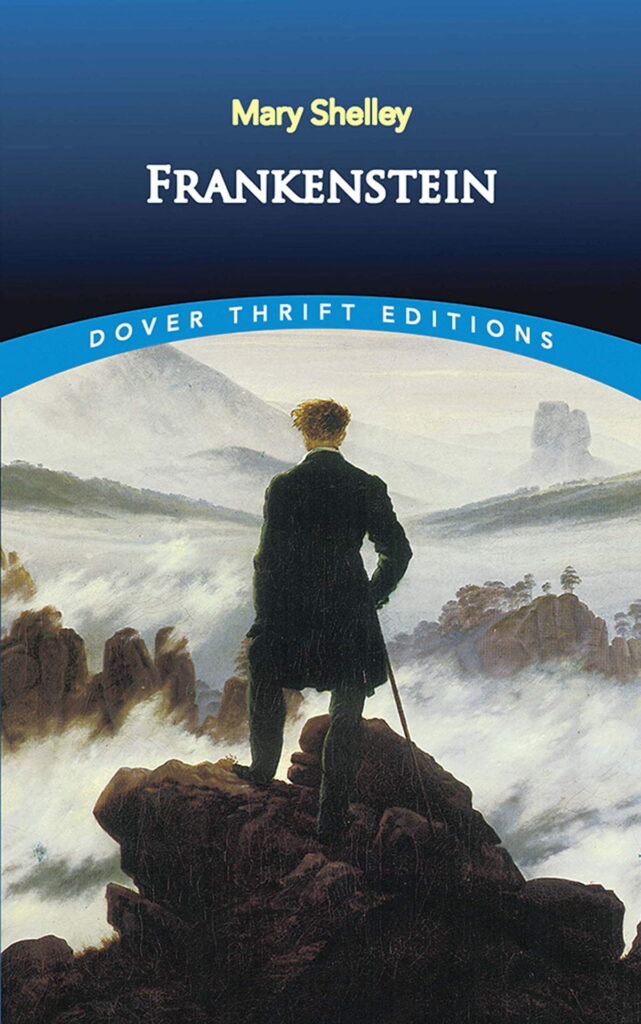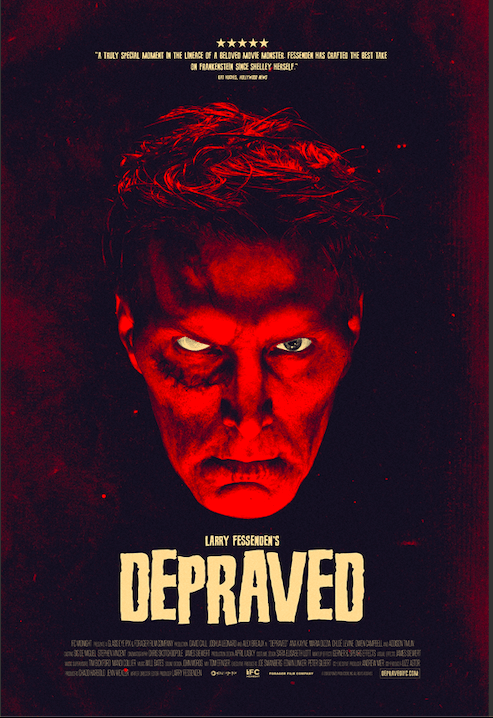by The Cowl Editor on October 29, 2020
Arts & Entertainment
by Madison Palmieri ’22 A&E Staff
If asked to name the most iconic creatures associated with Halloween, Frankenstein’s monster would likely come to mind. Indeed, the giant, green, raggedly-stitched monster is a quintessential symbol of the spooky holiday.

Frankenstein’s creature has been brought to life in over 20 television and film adaptations, from the 1910 silent film Frankenstein to the 2019 horror film Depraved. The creature’s influence also expands beyond traditional forms of media. For instance, each Halloween, General Mills sells a “Franken-Berry” cereal. Needless to say, Frankenstein’s creature is a staple mythic figure in Western society; however, this monster is not exactly who people think he is.
The tale of Frankenstein’s monster begins with its creator, English writer, Mary Shelley. According to History.com, “Mary Shelley created the story on a rainy afternoon in 1816 in Geneva, where she was staying with her husband, the poet Percy Bysshe Shelley, their friend Lord Byron and Lord Byron›s physician, John Polidori. The group, trapped indoors by the inclement weather, passed the time telling and writing ghost stories.”
Evidently, Shelley’s tale haunted her, as she developed it into a novel over the course of the year and eventually published it on Jan. 1, 1818. In the final version of Frankenstein, as History.com explains, “A scientist animates a creature constructed from dismembered corpses. The gentle, intellectually gifted creature is enormous and physically hideous. Cruelly rejected by its creator, it wanders, seeking companionship and becoming increasingly brutal as it fails to find a mate.”
From this description, as well as from prior knowledge, it would appear to be obvious that this creature is Frankenstein; however, the monster, the creation of Dr. Victor Frankenstein, goes unnamed.
Obviously, today, the name Frankenstein conjures not images of this frazzled man in a lab coat, but rather his green, monstrous creation. This misidentification may be due to the novel’s title: the simple Frankenstein—more commonly used than its alternative title, The Modern Prometheus—could lead those who had not read the book to associate its title with its most well-known character.
This phenomenon may have also occurred when Shelley’s novel was adapted for the stage and screen. According to the entertainment website, The Mary Sue, “Somewhere in the past 195 years, people began referring to The Creature itself as ‘Frankenstein.’ We’re not sure exactly when that happened, but our theory is that it happened around the time of the 1931 James Whale Universal Studios adaptation. The poster for which, prominently features The Creature and the word ‘Frankenstein.’ Anyone not familiar with the story, could easily conclude that the monster in the poster is named Frankenstein.”

The site also suggests, however, that this modern misidentification might not be entirely incorrect: “The Creature considers himself the child of Victor Frankenstein. He self-identifies as a Frankenstein, and we think that choice should be respected. That’s why calling The Creature by that name isn’t actually incorrect. He thinks he is the son of Victor Frankenstein, so it makes sense that he would take that name.”
Regardless of whether Frankenstein’s monster has a rightful claim to the famous name, it is clear that society has Mary Shelley and her 1818 novel to thank for one of Halloween’s most recognizable symbols.